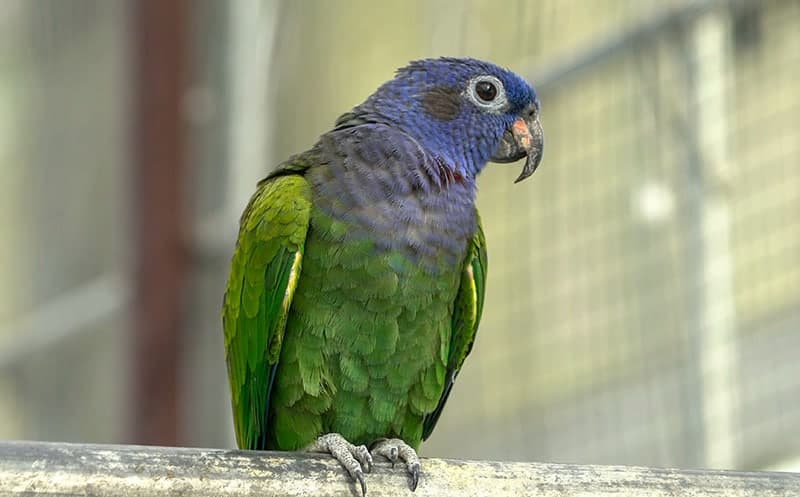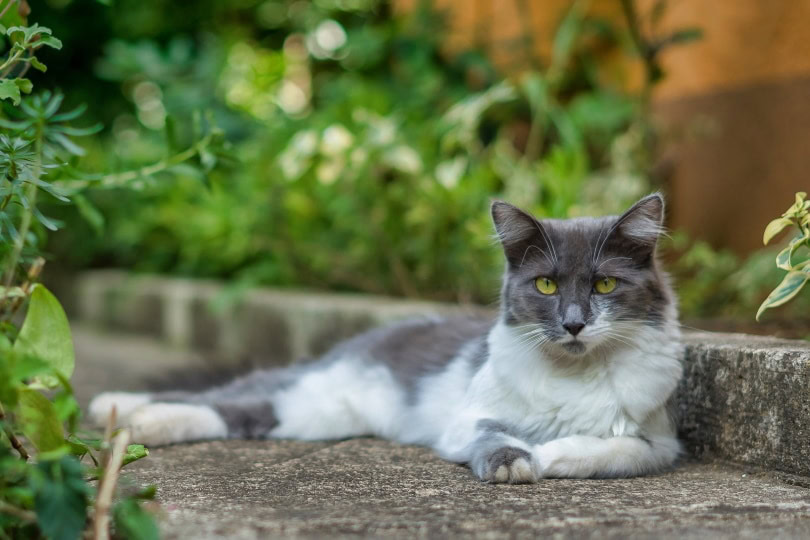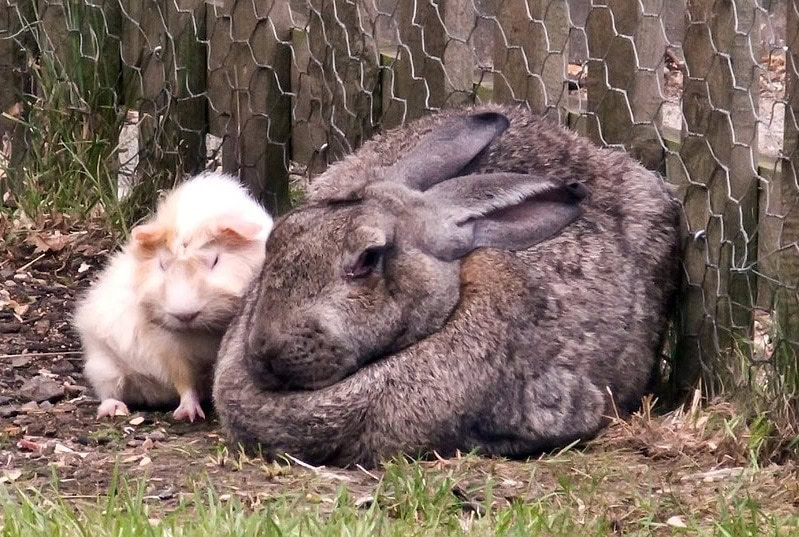Scientific Classification
| Kingdom: | Animalia |
| Phylum: | Chordata |
| Class: | Aves |
| Order: | Psittaciformes |
| Family: | Psittacidae |
| Genus: | Pionus |
| Species: | menstruus |
Scientific Name
Pionus menstruus
Subspecies: Pionus menstruus menstruus
Pionus menstruus reichenowi
Pionus menstruus rubrigularis
Distribution
These birds are native to southern Costa Rica in Central America, through South America to northern Bolivia and central Brazil, and on Trinidad. They inhabit both light and heavily timbered forests in rainforests and tropical zones.
Description
The blue-headed Pionus is a small to medium-sized parrot with a wonderful personality. They have a uniform green plumage with a bright blue head, black feathers over the ears, and throat feathers with varying amounts of pink. Like many of the Pionus, the Blue-headed Pionus does not get it full coloring until it is mature, but when it does its beautiful feathers have an almost iridescent quality. There is quite a variation in coloring from bird to bird, with some having a darker shade of blue on the head and more or less of the pinkish coloring on the throat. They have the bright red undertail feathers distinguishable to all the pionus. The beak is a dark grey color getting red close to the head, the eye is dark brown with a light grey eye ring, and they have pale greenish-grey legs.
Juveniles have paler coloring and less blue on their heads than the adults.
Size – Weight
These birds are medium-sized Pionus and grow to a length of 11″ (28 cm).
Care and feeding:
A roomy cage is required unless the bird is to be let out for extended periods. Many birds can spend a good deal of their time on a play pen or parrot perch.
They eat a variety of seeds, fruits, berries, and greenstuffs. Including a formulated diet would also be beneficial.
Social Behaviors
In the wild they are generally seen as just a few birds up to small flocks of about 15 birds. They are seen singularly or in pairs during breeding season. These birds tame very easily and are very sociable. They are not loud like many conures and amazons.
Breeding/Reproduction
There is no visible means of sexing these birds. In the wild they nest in hollow limbs or holes in trees. They are moderately difficult to breed in captivity. Place a nest box high up in a dark area of the aviary. The hen lays 3 to 4 eggs, which are incubated for approximately 24 to 26 days. The young leave the nest at approximately 8 to 10 weeks of age.
The young are difficult to hand rear from an egg, and they do best if the parents feed them for the first week. Pairs may take mealworms and greenstuffs when they have chicks in the nest.
Potential Problems
The Blue-headed Pionus is a relatively healthy bird, though the Pionus parrots have been known to be more susceptible to the infection aspergillosis than other species. The main symptom is heavy, belabored breathing.
Availability
This bird is available from time to time. They are becoming increasingly popular and are widely kept.
Featured Image Credit: Swaroop Pixs, Shutterstock










